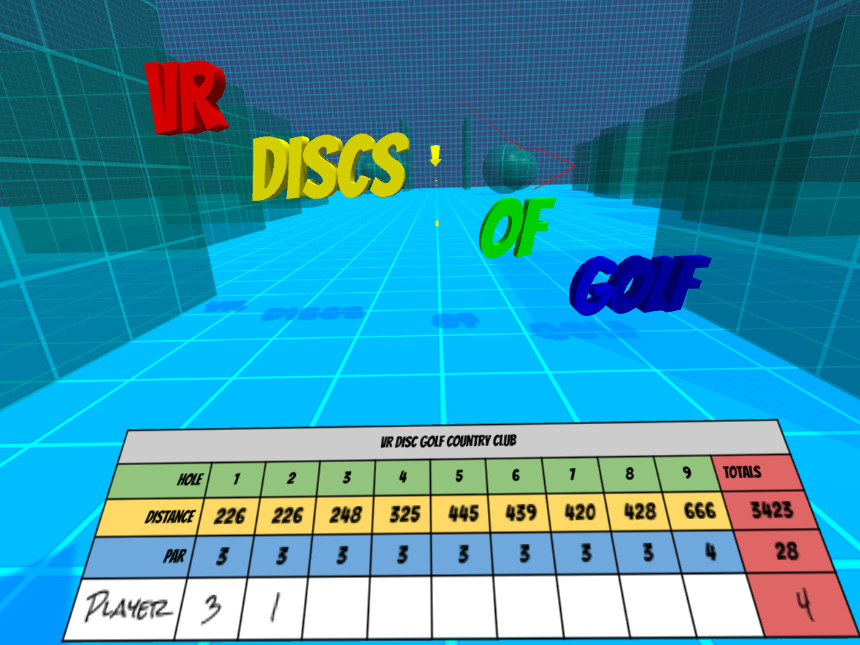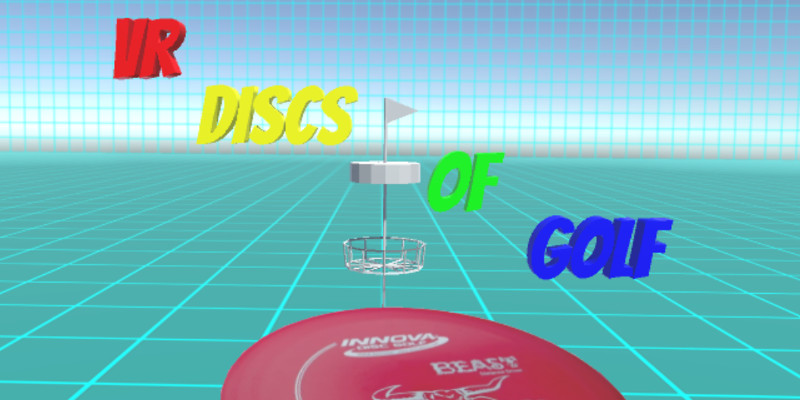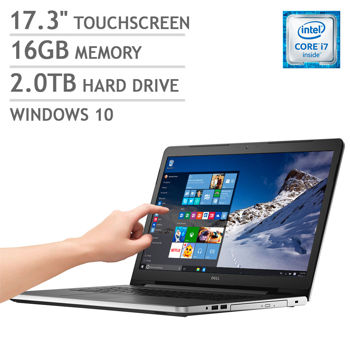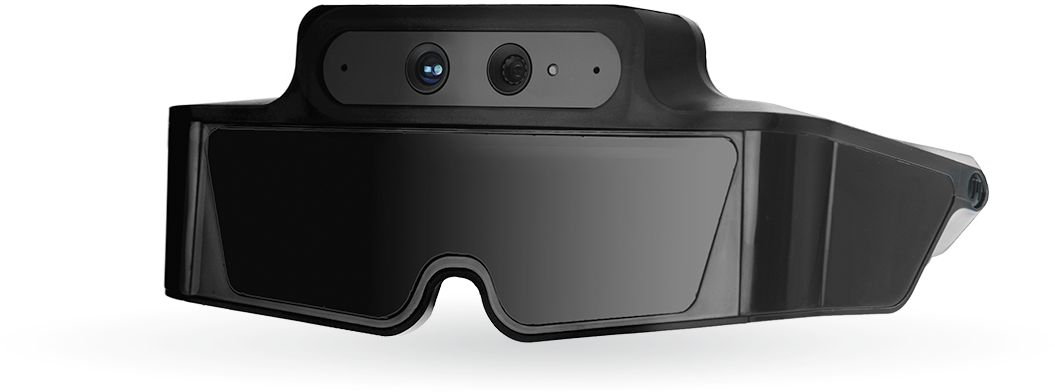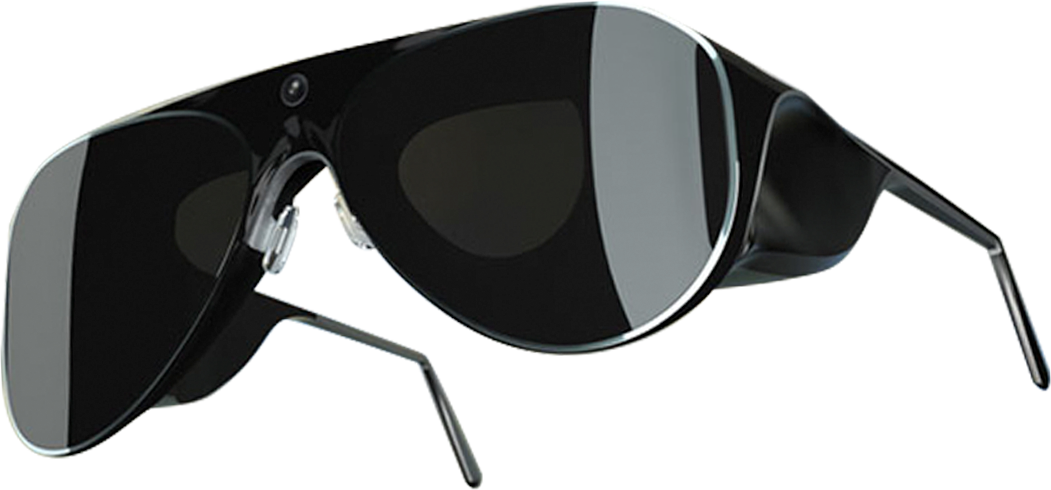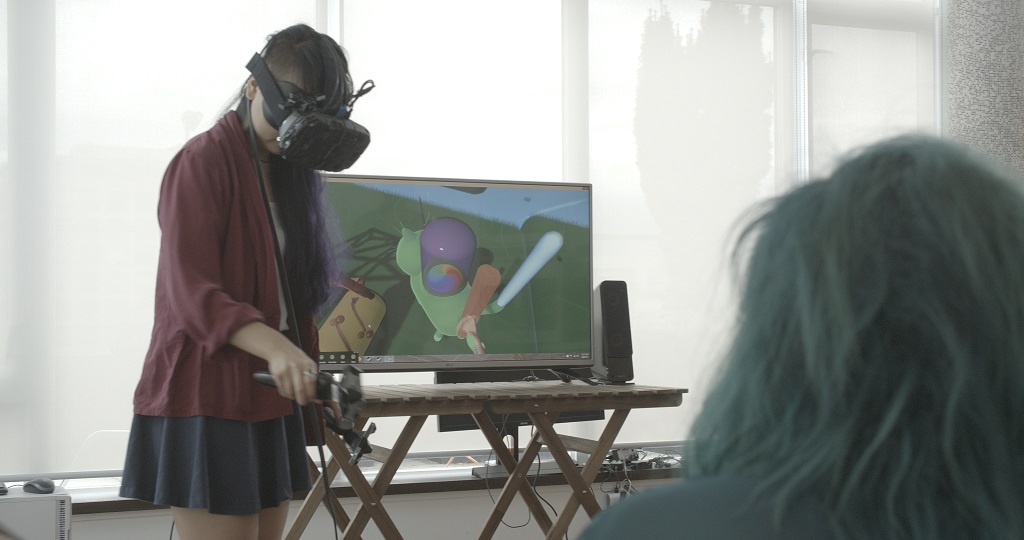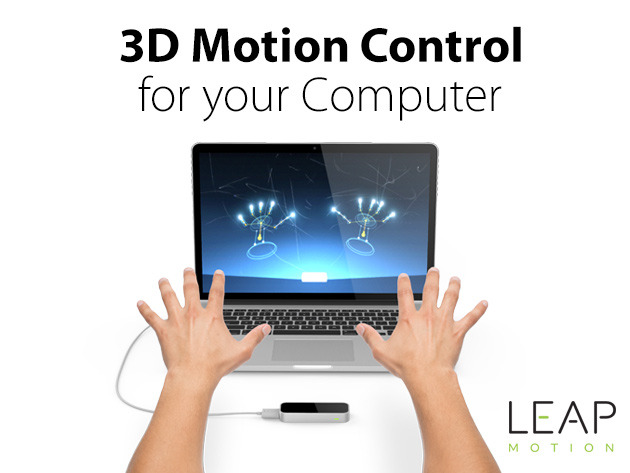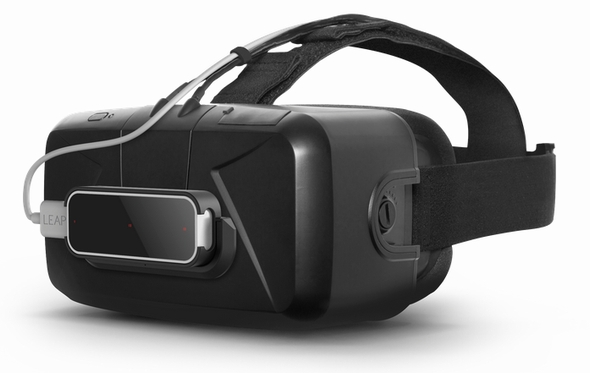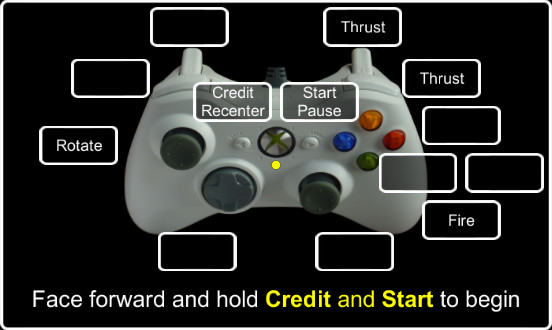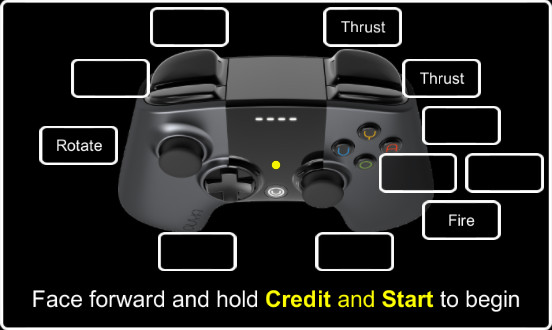VR Meteors Out Now!
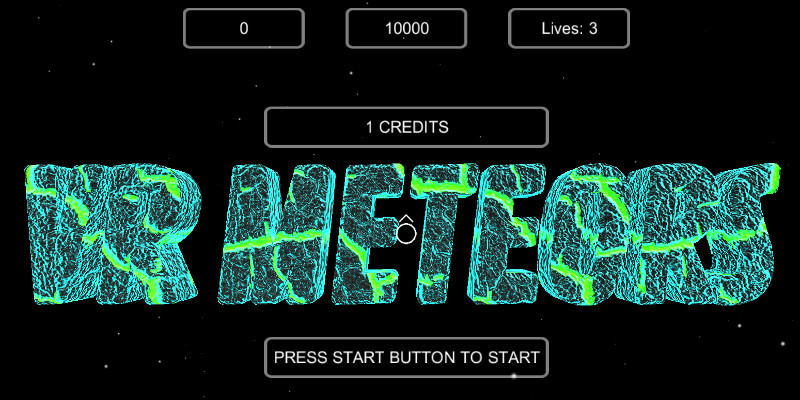 Hey, want to play VR Meteors? Damn right you do! It’s available to download from the Oculus Share site now. Get it here:
Hey, want to play VR Meteors? Damn right you do! It’s available to download from the Oculus Share site now. Get it here:
VR Meteors On Oculus Share
This is the first releasable version, meaning that the game is basically playable and there aren’t broken things hanging around. Original audio by: Mike Jones Audio. Replacing the arcade sound effects was the main reason I hadn’t released this sooner. There are still a few things that need to be implemented, such as:
- Online leaderboards (and saving high scores between sessions)
- More robust and configurable input settings
- Audio volume settings
Also, now that I’ve got the basics in place, it’s time to start working on making things look and sound better. I’ll be starting to add better art, since my art skills have improved a bit since I first made the existing models. I also have a better understanding of materials and shaders, so I will try to get a decent outline mode working. I’m also going to implement the Oculus audio spatializer for 3D audio positioning.
Regarding VR Meteors for Google Cardboard and Gear VR, I broke the Android rendering when I cleaned up some of my code and shaders. So, I will be working on Android-specific materials as well. I also want to add different control modes to support single-button play, and sitting/standing options for camera movement. I’ve played around with these various options already, so it’s a matter of choosing good defaults and adding options to the menus. Still plenty to do.
What’s Been Taking So Damn Long?
I submitted this build to Oculus a few weeks ago, and it just got approved. So, you may be wondering what I’ve been doing in the meantime. Well, I’ve been doing some more contract work for Pipeworks and ordering parts to build a new computer. Oh yeah, and spending some holiday time with friends and family.
After submitting VR Discs Of Golf for the Leap Motion 3D Jam, I had the opportunity to try it out on a modern PC. Wow! It became readily apparent that the issues I was having with the Leap Motion controller and Oculus Rift were due to my aging computer. Turns out that a Intel Core 2 Duo and Radeon 5700 from several years ago is just not going to cut it for VR.
I spent a bit of time trying, and failing, to get the latest Oculus drivers to work with my laptop. I figured that would be a stopgap solution, but it was not to be. When Oculus removed the extended mode rendering in runtime 0.7, it basically broke laptop VR for almost everybody. The new direct mode rendering requires support from the graphics drivers. The issue comes down to most laptops using an integrated Intel graphics chip that is directly wired to the screen and HDMI port, and not being able to bypass that pipeline to render to the VR headset. On a desktop computer, the HDMI ports are directly on the graphics card, so the drivers are able to support VR without having to interact with any integrated graphics chip that is in the way.
Welcome To 2015
With the laptop solution being ruled out, it became clear that it was time for a new computer. Fortunately, a friend of mine had gotten me a discount on a motherboard and CPU just before I was laid off in the spring, so I already had the important parts. With the power supply and memory getting here this week, I should be up and running very soon. I’ll still be using an older graphics card for now, and will wait to update that until I can get the consumer version of the rift. That way I’ll be able to get the best performance for the money.
With better understanding of the laptop situation, I may even return the behemoth I ended up getting for something that doesn’t weigh as much as a gallon of water. Since I can’t run VR on it, I’ll just be using it to work while traveling, and building to Android for testing.
As for my other projects, I still plan on getting some more tasks done by the end of the year:
- Submit a build of VR Missile Control to Oculus Share
- Update the VR Discs Of Golf submission to fix some bugs and tuning
- Add gamepad and single-button support to VR Discs Of Golf for Cardboard
- Add a few new things to VR Meeseeks, which doesn’t officially exist
Check back in a few weeks to see how I did.
